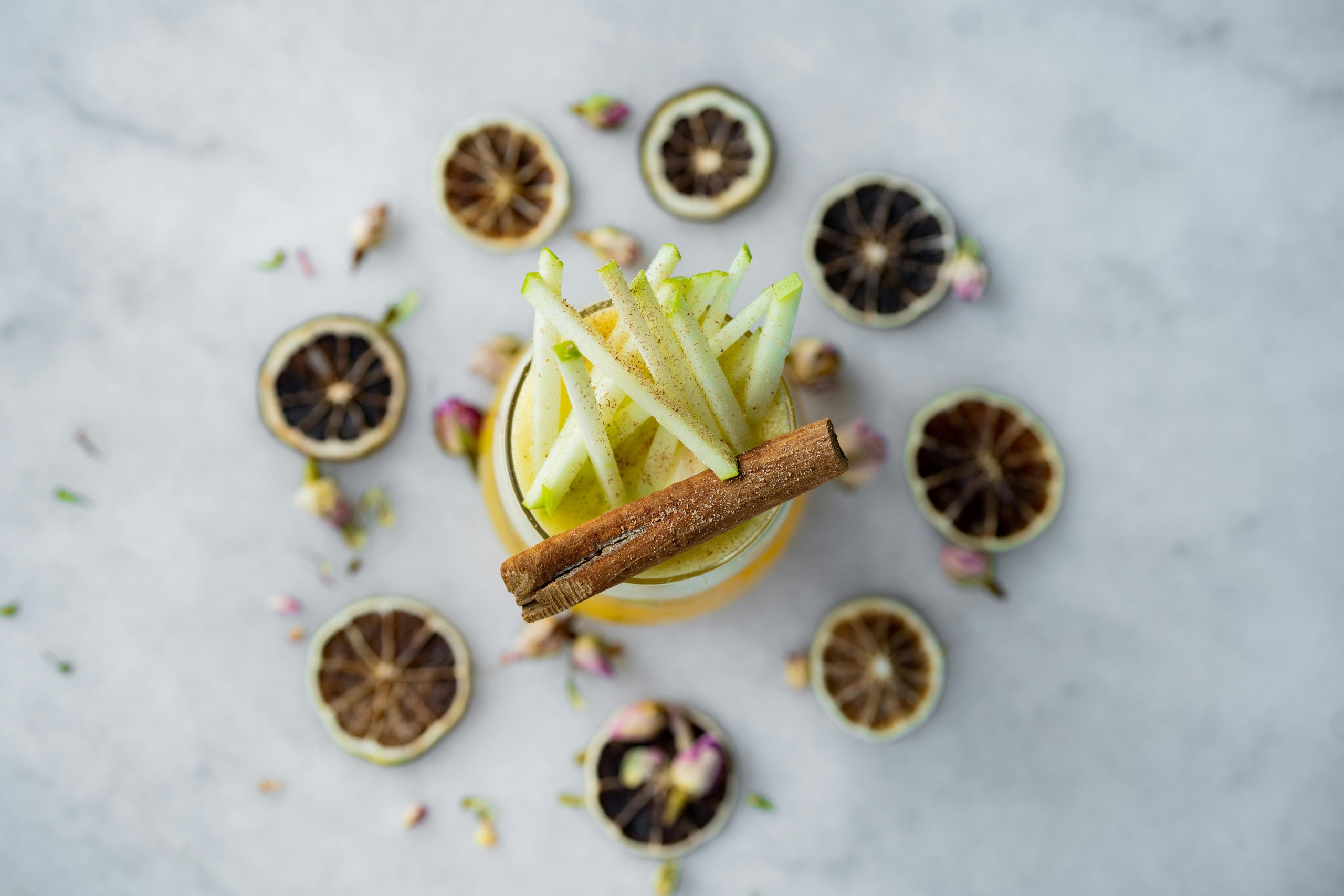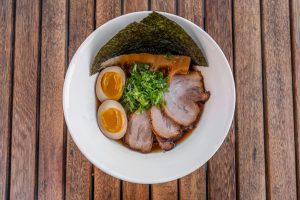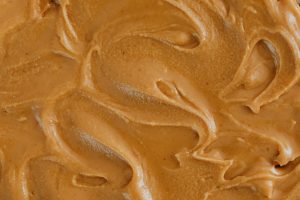Silk Road Spice Blends: Ancient Trade Routes in Your Spice Rack
As the world becomes increasingly connected through globalization and trade, it’s easy to forget about the origins of some of our most beloved products. Take spices, for example – ubiquitous in kitchens across the globe, yet their rich history and journey to our pantries often goes unnoticed. Silk Road Spice Blends are a perfect example of this fascinating tale of trade and cultural exchange. Join us as we embark on a journey through time, exploring the ancient trade routes and the flavorful spices that shaped them, now found in our very own spice racks.
The Silk Road: A Brief History
The Silk Road was a vast network of trade routes that spanned over 5,000 miles, connecting Asia, Africa, and Europe. It got its name from the luxurious silk that was a highly coveted commodity and one of the main goods traded along this route. However, the Silk Road was much more than a route for textiles – it facilitated the exchange of goods, ideas, and cultures between civilizations, shaping the world as we know it.
Spices Along the Silk Road
As trade flourished along the Silk Road, so did the demand for exotic goods, including spices. Spices were not only valued for their culinary uses but also for their medicinal properties. The Silk Road played a crucial role in the spread of these aromatic and flavorful treasures, as they were transported from their places of origin to civilizations far and wide.
Pepper
Pepper was one of the most valuable spices traded along the Silk Road, with its origins in ancient India. The demand for pepper was so high that it was often referred to as “black gold,” and trading it was highly profitable. It was not only used to enhance the taste of food but also as a currency in several trade transactions.
Cinnamon
Cinnamon, a spice derived from the bark of tree species native to Sri Lanka, was another highly sought after ingredient along the Silk Road. It was so highly valued that it was often used as a gift to kings and emperors. It was also believed to have medicinal properties and was used for various ailments, making it a staple in traditional medicine.
Nutmeg
The small, brown, nut-like seeds of the nutmeg tree, native to the Moluccas (also known as the Spice Islands) in Indonesia, were also highly prized along the Silk Road. Not only was it used in cooking, but it was also believed to have medicinal properties and was used to treat various ailments, including stomach issues and insomnia.
Silk Road Spice Blends: Ancient Flavors in Modern Times
Today, we can experience the flavors of the ancient Silk Road through Silk Road Spice Blends. These blends are a combination of different spices that were used along the Silk Road. Each blend is crafted to bring together the unique flavors and aromas of various spices, representing the diversity of cultures and cuisines found along the ancient trade routes.
Moroccan Spice Blend
This blend is a combination of cumin, coriander, ginger, and other spices commonly used in Moroccan cuisine. It’s perfect for adding an exotic touch to tagines, couscous, and grilled meats.
Indian Spice Blend
Crafted with spices such as turmeric, cardamom, and cloves, this blend is packed with the flavors of traditional Indian dishes. It’s great for seasoning curries, biryanis, and lentil dishes.
Chinese Five Spice Blend
This blend is a unique combination of star anise, cloves, cinnamon, fennel, and Sichuan peppercorns, creating a balance of sweet, savory, and spicy flavors. It’s perfect for adding a touch of Chinese cuisine to stir-fries, noodles, and soups.
In Conclusion
The Silk Road was a crucial trade route that brought together different civilizations and cultures, shaping our culinary and cultural landscapes. Silk Road Spice Blends allow us to experience the flavors of this ancient trade route in the comfort of our own homes. So next time you reach for your spice rack, take a moment to appreciate the rich history and journey of the spices within it.










